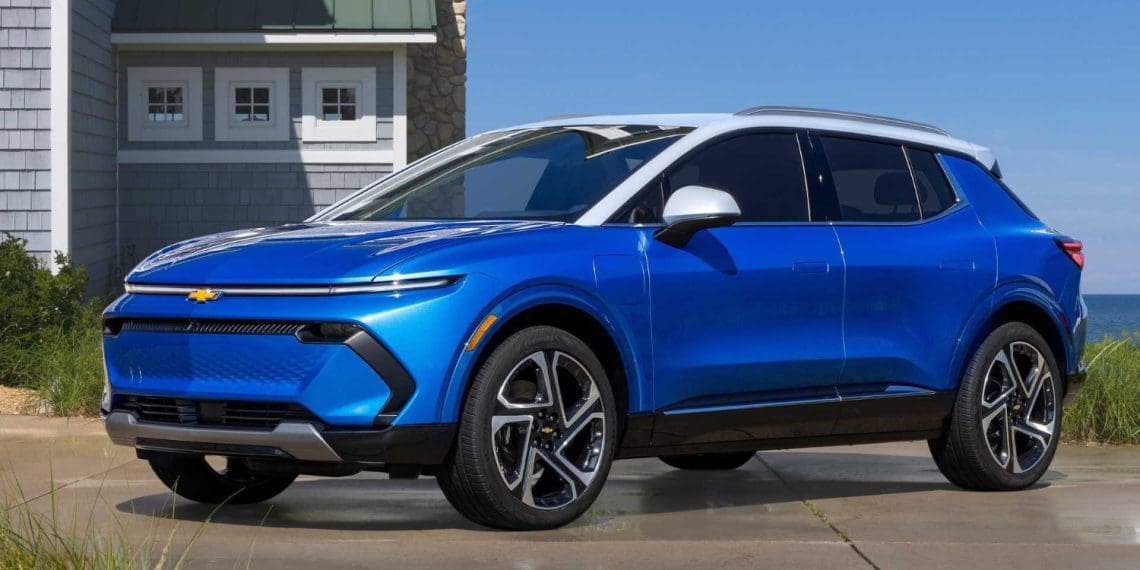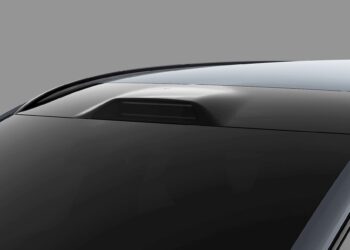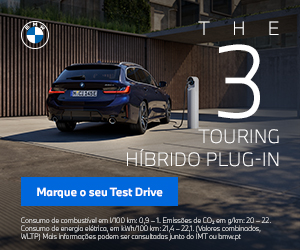General Motors (GM) announced this Wednesday that it has signed a multi-year agreement with the Norwegian company Vianode for the supply of synthetic graphite anode intended for the production of batteries for electric vehicles.
The agreement now in place stipulates that Vianode will begin producing synthetic graphite in 2027 at a new North American factory, and it will extend until 2033. The material produced by Vianode will be used in battery cells manufactured by Ultium Cells LLC, a joint venture between GM and battery supplier LG Energy Solution.
The new factory, which is expected to be located in the U.S. or Canada, has not yet been definitively sited, and is set to produce 80,000 tons of synthetic graphite by 2030 in its initial phase, enough to supply 1.5 million electric vehicles, as reported to “Reuters” by Vianode’s CEO, Burkhard Straube.
It should be noted that China controls 95% of the global supply of graphite, which has forced automotive companies and Western governments to seek alternative sources for this type of material intended for the production of batteries for electric vehicles, after China announced it would impose restrictions on the export of certain graphite products to protect national security.










